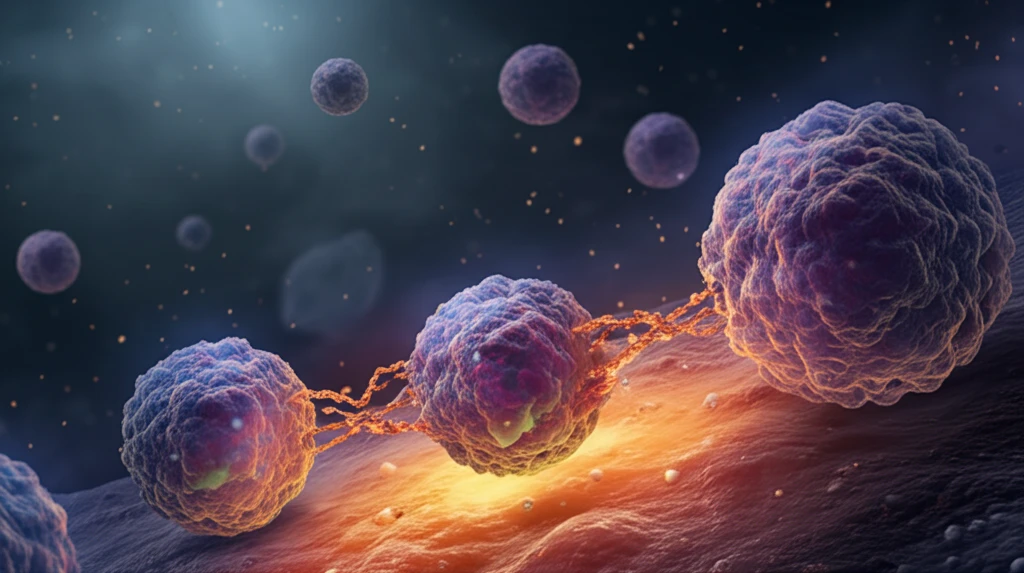
Cadmium Oxide Nanoparticles: A New Hope in the Fight Against Cancer?
"Exploring the synthesis, properties, and potential of cadmium oxide (CdO) nanoparticles as an anti-cancer drug, offering new avenues for cancer treatment."
Cancer remains one of the most formidable health challenges of our time, spurring researchers worldwide to explore novel therapeutic strategies. Among the promising avenues of investigation is the use of nanoparticles, which offer unique properties that can be harnessed for targeted drug delivery and enhanced treatment efficacy. Cadmium oxide (CdO) nanoparticles have emerged as a particularly interesting candidate, drawing attention for their potential anti-cancer properties.
This article explores the groundbreaking research into CdO nanoparticles, examining their synthesis methods, key properties, and their observed effects on human cancer cells. By understanding these aspects, we can gain insights into how CdO nanoparticles might be developed into effective anti-cancer agents.
The original research published in the journal Pharmaceutical Analytical Chemistry: Open Access, provides a foundational understanding of the material science and early biological interactions of CdO nanoparticles. Our aim is to present the core findings of this study in a more accessible format, highlighting the potential benefits and implications for future cancer treatments.
Unlocking the Potential: Synthesis Methods of CdO Nanoparticles

The creation of cadmium oxide nanoparticles involves several sophisticated methods, each influencing the size, shape, and properties of the resulting particles. Traditional techniques, such as milling, grinding, and chemical processes, have been used to reduce particle sizes to the nanoscale. However, these methods often come with drawbacks, including potential contamination and inconsistent particle size distribution.
- Supercritical Anti-Solvent (SAS): This method involves dissolving the material to be nanoparticulated in a liquid solvent, then introducing a supercritical fluid to induce rapid precipitation of nanoparticles.
- Rapid Expansion of Supercritical Solutions (RESS): In this technique, a supercritical fluid containing the dissolved material is rapidly expanded through a nozzle, causing the solute to precipitate as nanoparticles.
- Depressurization of an Expanded Liquid Organic Solution (DELOS): DELOS involves using a liquid solvent expanded with a gas, followed by depressurization to form nanoparticles.
- Particles from Gas Saturated Solutions (PGSS): This method saturates a liquid solvent with a gas under pressure, then depressurizes the solution to create nanoparticles.
The Future of Cancer Treatment: Hope on the Horizon
Cadmium oxide nanoparticles hold considerable promise as a novel approach to cancer treatment. While challenges remain in optimizing synthesis methods, ensuring biocompatibility, and understanding long-term effects, the potential benefits are significant. Further research and development in this area could pave the way for more effective and targeted cancer therapies, offering new hope to patients and their families.
